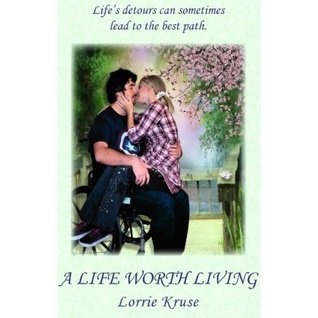
Learning To Let Go
Book Description
Caught in a whirlwind of loss and longing, every day feels like a battle between what was and what could be. Cynthia P. O'Neill's 'Learning To Let Go' plunges into the heart of heartache, exploring the raw emotions that tether us to our past while offering a path toward liberation. Relationships fracture, secrets unravel, and each decision weighs heavily, testing the boundaries of love and resilience. As the characters grapple with their own demons, they confront the most daunting question of all: Can true healing begin when letting go feels like losing everything?
Quick Book Summary
"Learning To Let Go" by Cynthia P. O'Neill is a deeply emotional exploration of heartbreak, transformation, and the redemptive power of vulnerability. Blending elements of nonfiction and new adult romance, the book follows characters entangled in grief and solitude, wrestling with the binds of their past while yearning for new beginnings. Through fractured relationships and long-hidden truths, O'Neill addresses the complexities of losing love and the daunting process of moving forward. At its heart, the story is about the struggle to let go—of pain, regret, and the comfort of what is familiar—in order to make space for healing and hope. With compassion and insight, "Learning To Let Go" gently guides readers through grief’s landscape, showing that liberation often starts at the moment when we release what we cannot control, daring to embrace what lies ahead.
Summary of Key Ideas
Table of Contents
The Process of Healing After Loss
The narrative opens with each protagonist enveloped in their own wave of grief and longing, reflecting the initial paralysis that follows significant loss. O'Neill skillfully captures the inertia of heartbreak—days blurring together, the ache of what used to be, and the intrusive memories that make moving on feel impossible. The early chapters introduce the central theme of mourning not only lost relationships, but also the imagined futures that once felt certain. Readers are invited into the private battles of her characters as they cling to memories yet yearn for reprieve, making the pain serve as both a comfort and a cage.
Accepting Vulnerability and Emotional Honesty
Emphasizing the necessity of vulnerability, the author reveals how true progress hinges on the willingness to express and confront deeply buried emotions. The characters struggle to voice their suffering, fearing judgment, rejection, or the overwhelming prospect of change. However, O'Neill demonstrates that only through honest conversations—with oneself and others—can healing pathways begin to open. Vulnerability is depicted not as weakness, but as the foundation for authentic connection, which often leads to unexpected sources of support and understanding.
Navigating the Complexities of Love and Letting Go
The unveiling of secrets marks a turning point in the narrative. Old wounds are reopened as truths come to light, shattering illusions but also providing relief from the burdens of concealment. This act of revelation tests the relationships at the story’s core, sometimes leading to rupture, but often allowing the characters to see each other—and themselves—more clearly. As the characters face the truths they’ve hidden or denied, they are forced to reconsider the stories they’ve told about their pasts and their identities.
The Weight and Liberation of Revealed Secrets
Learning to let go is depicted as a process rather than a moment—a gradual forfeiture of the need for control, certainty, or the promise of closure. The struggle is palpable: to release not just people, but also ingrained patterns of thought and self-protection. O'Neill illustrates that letting go rings with loss, but also with possibility. As characters make small yet decisive steps to distance themselves from their old pain, they begin to reclaim agency over their lives, however tentatively.
Resilience in Rebuilding a New Self
The narrative closes on the important theme of resilience. Each character’s confrontation with heartbreak and healing fosters growth, illustrating that suffering, while transformative, is not the end. By sharing their stories and leaning on newfound strengths and relationships, they forge a path forward. The book underscores that the journey beyond pain is not linear, but with each act of release and self-compassion, a new sense of self can emerge—one rooted in hope and open to the promise of renewal.
Download This Summary
Get a free PDF of this summary instantly — no email required.





